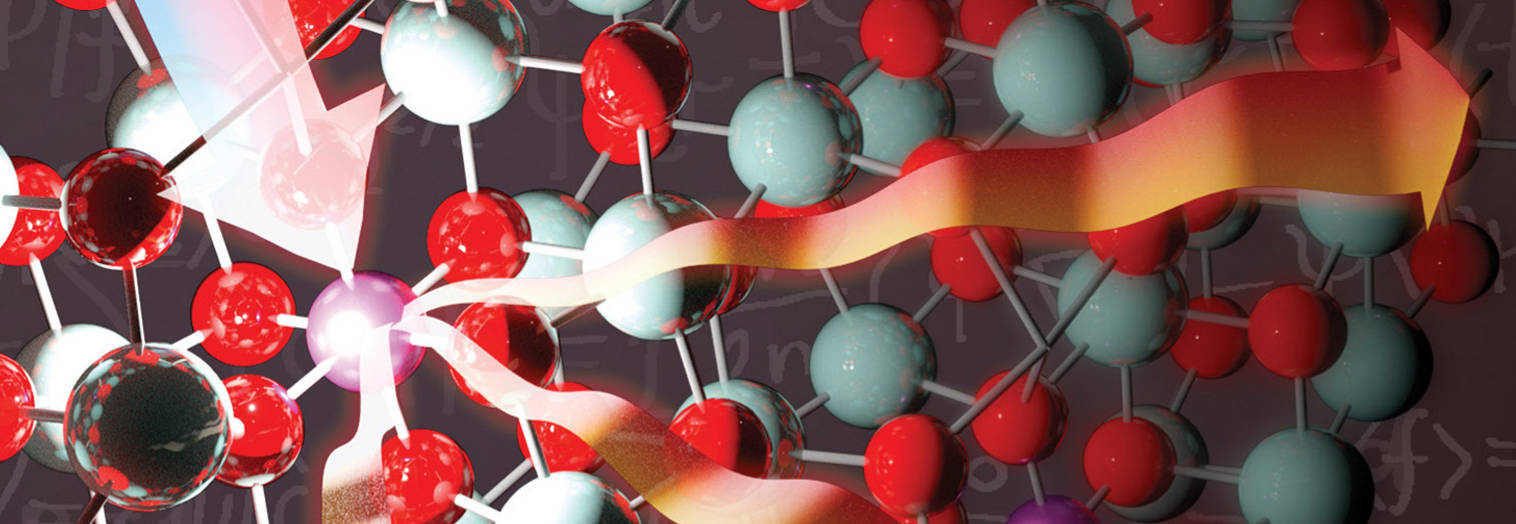Quantum Monte Carlo is applied to phosphors for the first time.
Accurate excitation energies of localized defects have been a long-standing problem for electronic structure calculation methods. Using Mn4+-doped solids as our proof of principle, we show that diffusion quantum Monte Carlo (DMC) is able to predict phosphorescence emission energies within statistical error. To demonstrate the generality of our DMC approach for other possible localized defects, we conduct charge density analyses using DMC and density functional theory (DFT). We also identify a new material with an emission energy of 1.97(8) eV, which is close to the optimum of 2.03 eV for a red-emitting phosphor. To our knowledge, our work is the first report on studying excitation energies of a transition metal impurity using an ab initio many-body electronic structure method. In contrast, semilocal and hybrid-DFT largely underestimates, and fails to reproduce, some of the trends in the emission energies. Our work underscores the importance of an accurate account of exchange, correlation, and excitonic effects for localized excitations in defective solids.
Kayahan Saritas, Wenmei Ming, Mao-Hua Du, and Fernando Reboredo. "Excitation Energies of Localized Correlated Defects via Quantum Monte Carlo: A Case Study of Mn4+ Doped Phosphors", Journal of Physical Chemistry Letters 10 67 (2019). https://doi.org/10.1021/acs.jpclett.8b03015

